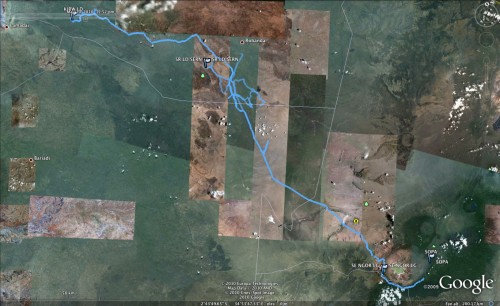There is a place on Earth where there is still morning of life and the great herds run free – Serengeti plains of East Africa.
This is long over due post but after writing the above quote a couple of months ago it was just lying in the draft…. No particular reason, just as there is no particular reason why I completed it today 🙂
After a short stay in Manyara we continued with our journey to Serengeti.
The Serengeti plains were born after the volcanoes of East Africa flowed out into the plain and rained it with ashes some 2.5 to 3 million years ago. Time and elements turned this sea of ash into rich soil giving way for the vast grasslands. Serengeti comes from the Masai word “Siring” meaning “Endless Plain”. The ecosystem stretching over approximately 27,000 square kilometers and the park is documented at 14,763 square kilometers it can indeed seem endless.
The drive through clouds along the rim of Ngorongoro crater to reach the central Serengeti plains was enchanting. As soon as we entered the Serengeti we were rewarded with the sighting of two male Lions. However it is not the big carnivores but the teeming Wilderbeest or Gnus are the single species which dominates the plains and it can be said that all the life in Serengeti revolves around them and their migration. We landed bang in middle of the migration and we did see vast trails of Wilderbeest at times stretching from horizon to horizon. To get photographs that do justice to the vast herd you need to be in a hot air balloon or a helicopter. I am told that Masai Mara has vantage points, but that would be a different story.
A short while later we were lucky to see a Leopard but the things that really got me going were the number of birds we were seeing. Even the common ones were a lifer for me. I have still not made a checklist of birds we saw and will probably never will because I have forgotten most of which I have not photographed. On the other hand I did manage to photograph more birds than most people.

P.S. Go fullscreen with the map more impressive….